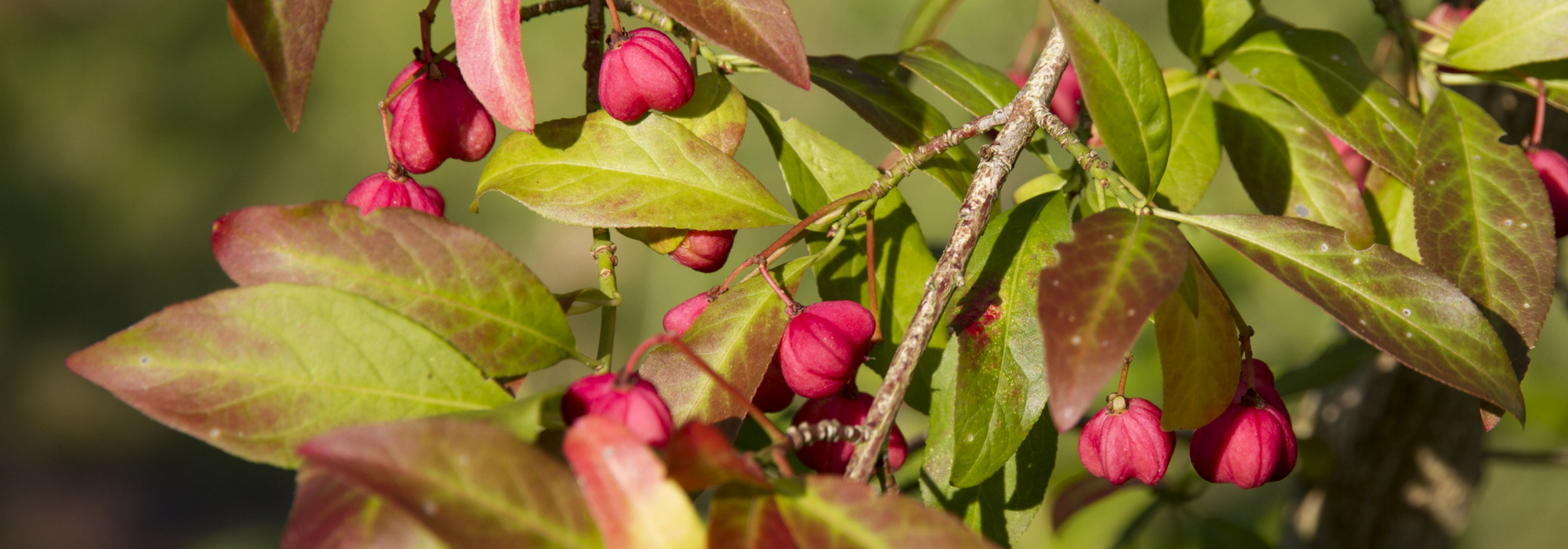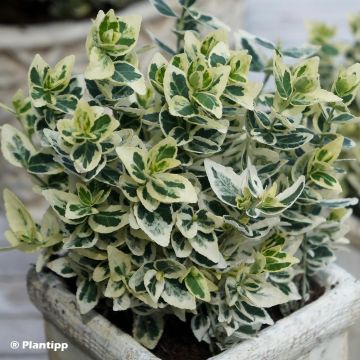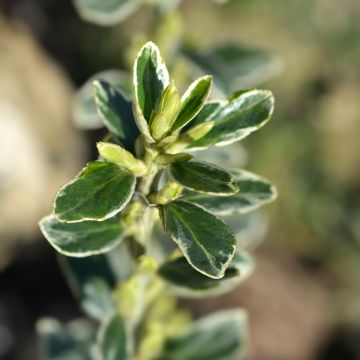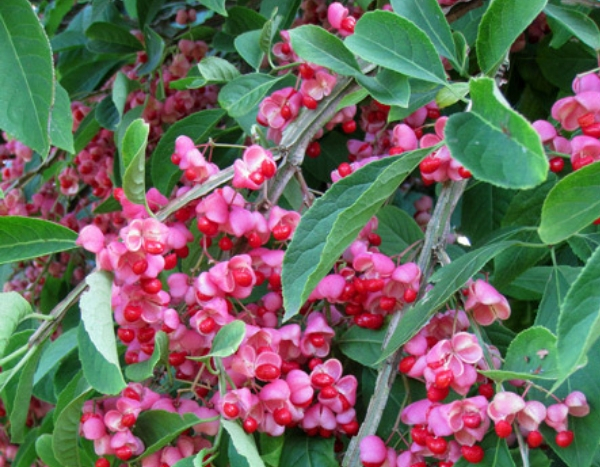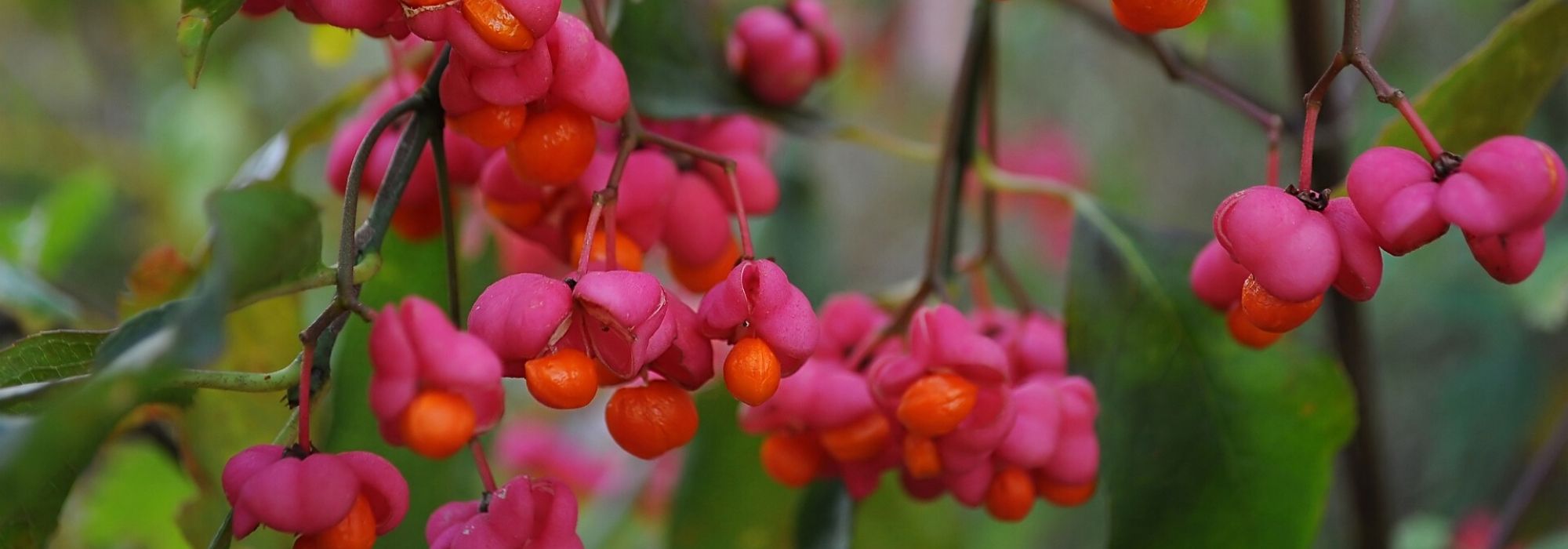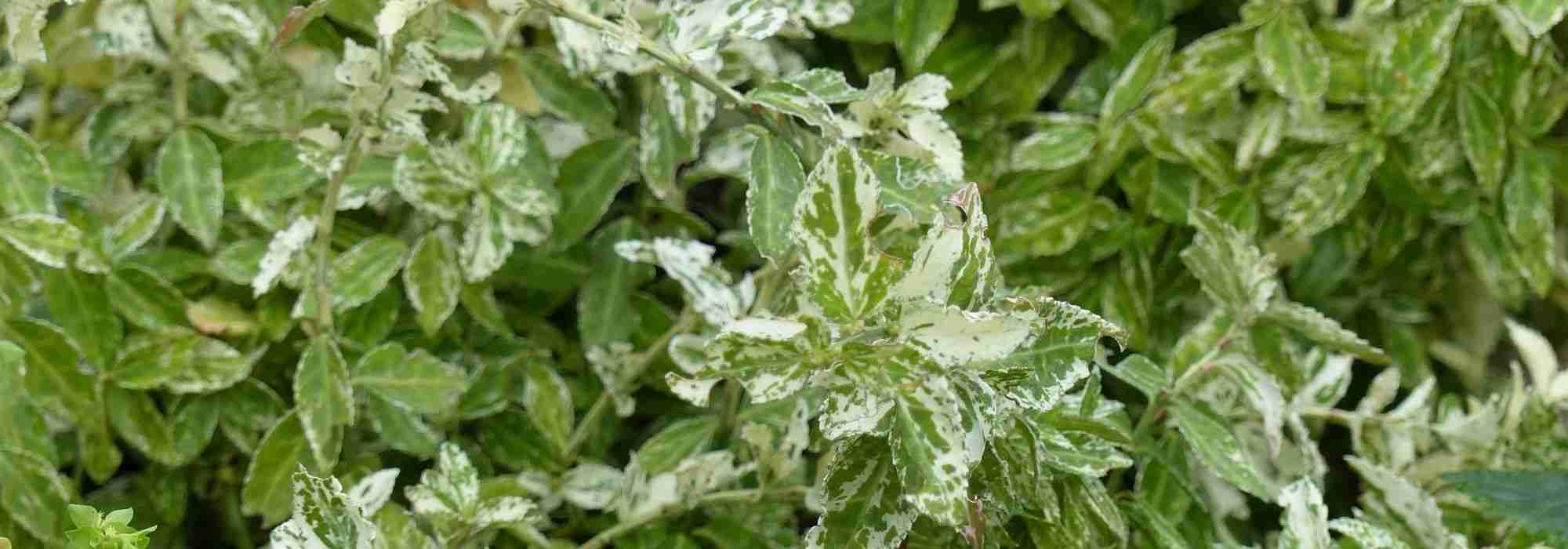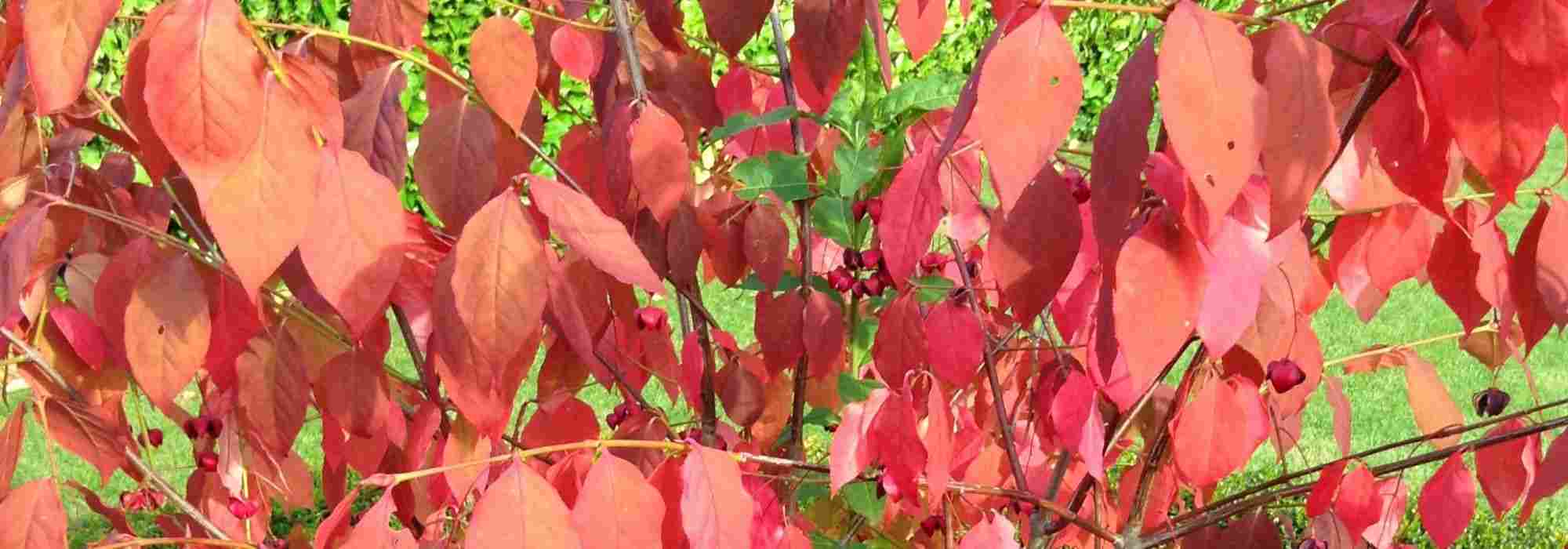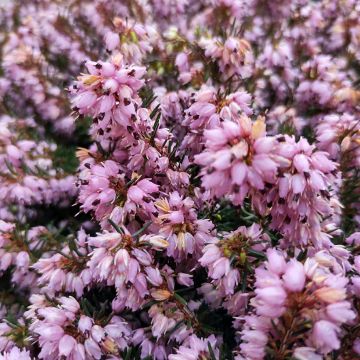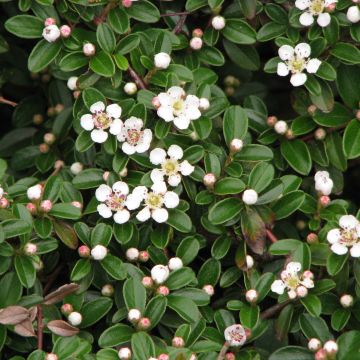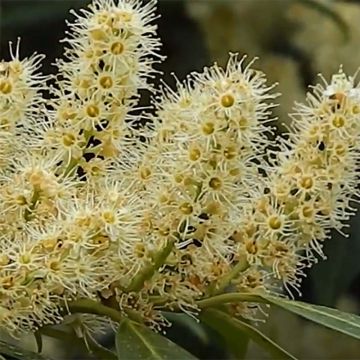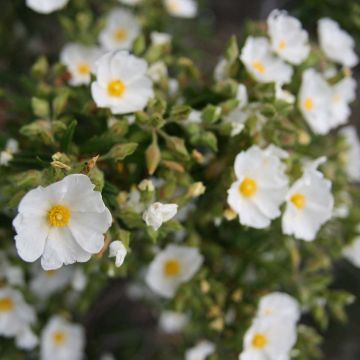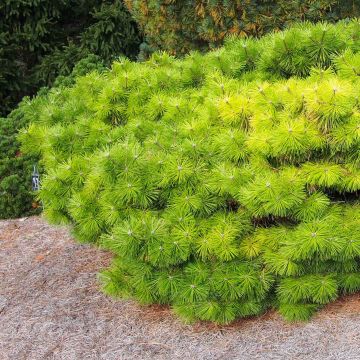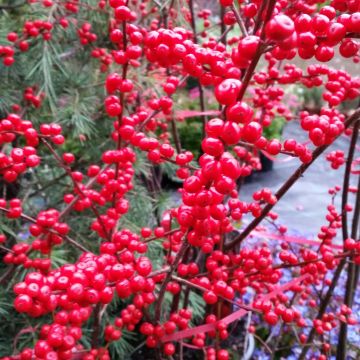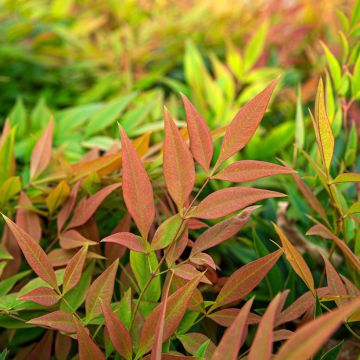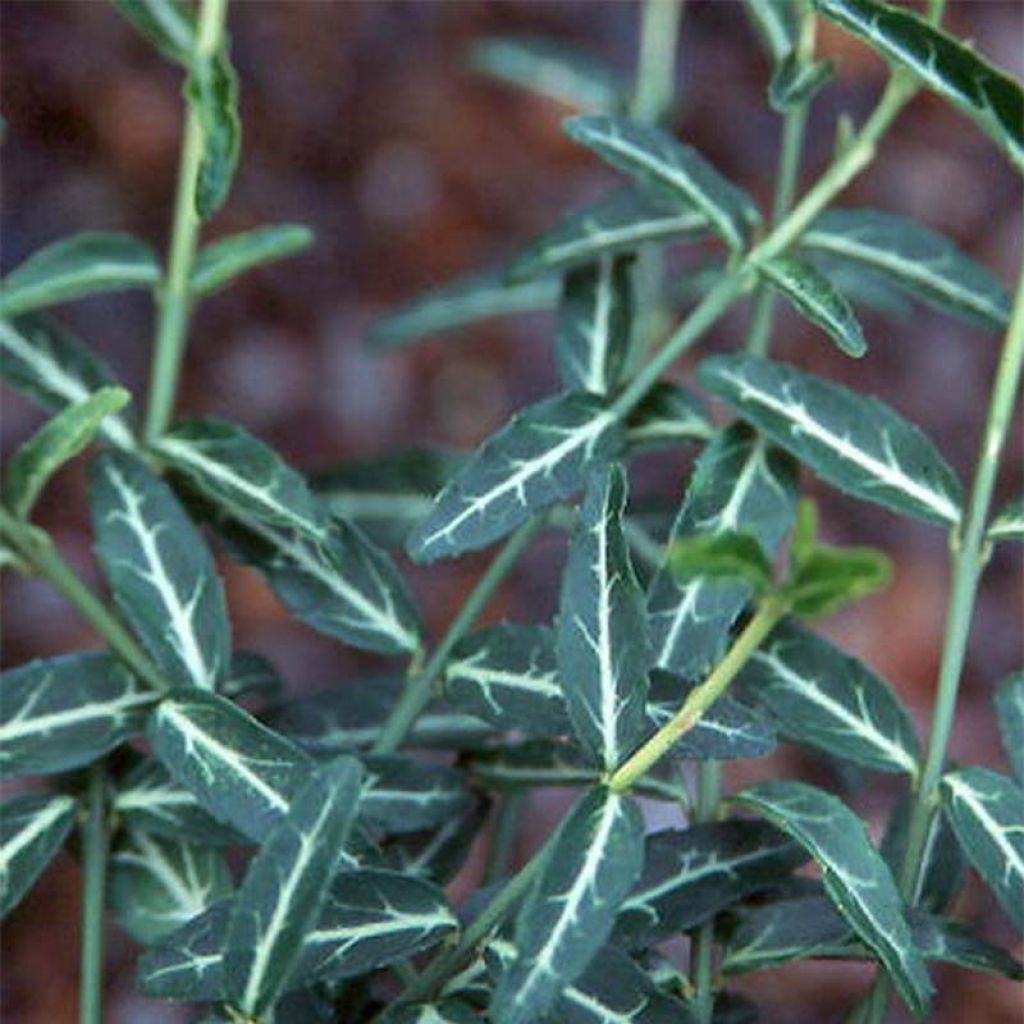

Euonymus fortunei var. radicans Wolong Ghost - Spindle
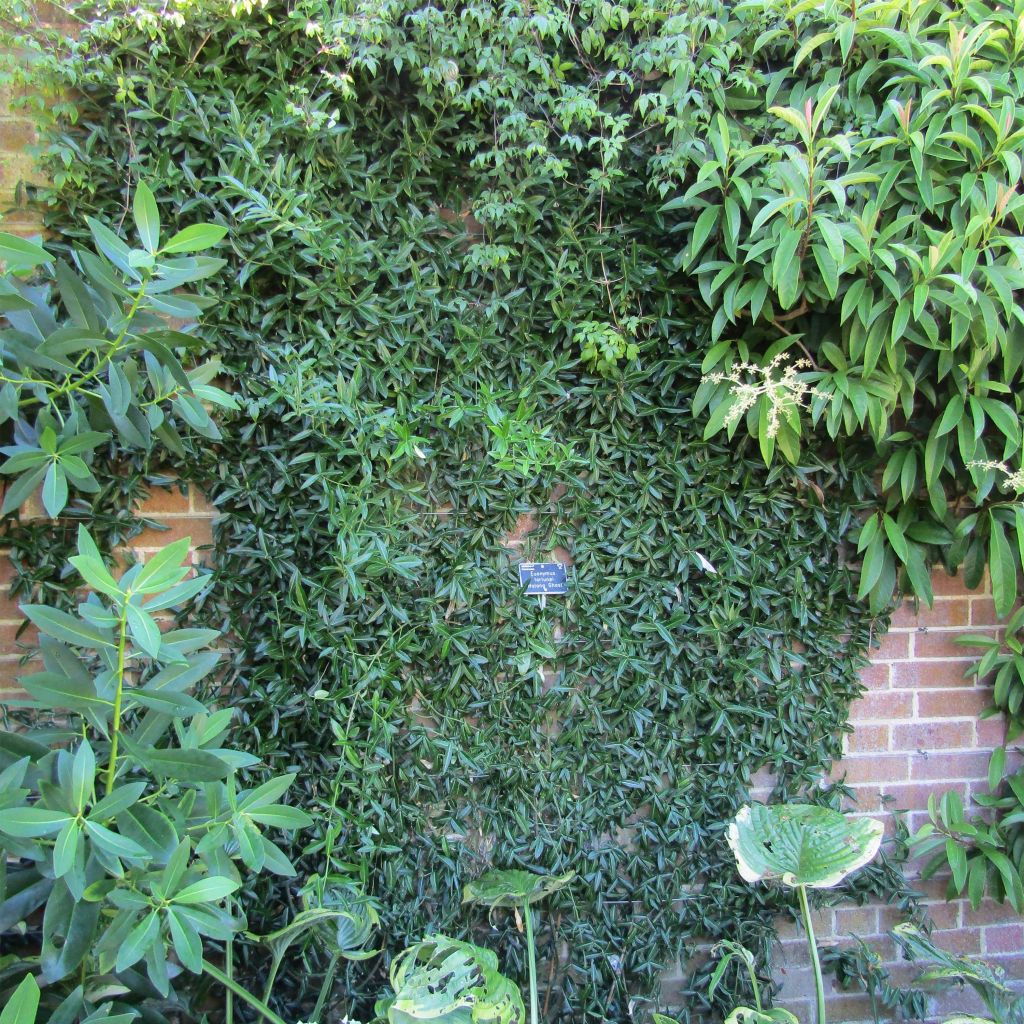

Euonymus fortunei var. radicans Wolong Ghost - Spindle
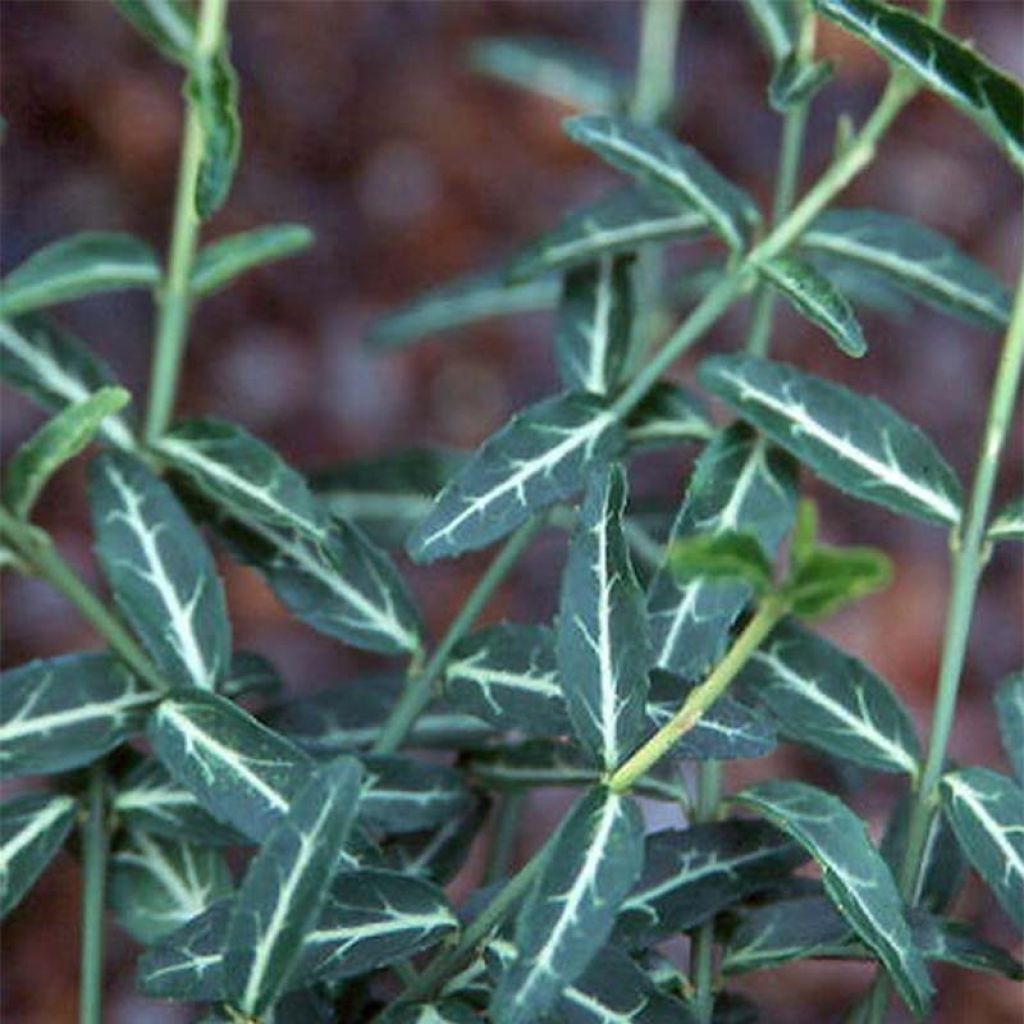

Euonymus fortunei var. radicans Wolong Ghost - Spindle
Euonymus fortunei var. radicans Wolong Ghost - Spindle
Euonymus fortunei var. radicans Wolong Ghost
Fortune's Spindle, Wintercreeper
Special offer!
Receive a €20 voucher for any order over €90 (excluding delivery costs, credit notes, and plastic-free options)!
1- Add your favorite plants to your cart.
2- Once you have reached €90, confirm your order (you can even choose the delivery date!).
3- As soon as your order is shipped, you will receive an email containing your voucher code, valid for 3 months (90 days).
Your voucher is unique and can only be used once, for any order with a minimum value of €20, excluding delivery costs.
Can be combined with other current offers, non-divisible and non-refundable.
Home or relay delivery (depending on size and destination)
Schedule delivery date,
and select date in basket
This plant carries a 24 months recovery warranty
More information
We guarantee the quality of our plants for a full growing cycle, and will replace at our expense any plant that fails to recover under normal climatic and planting conditions.
Would this plant suit my garden?
Set up your Plantfit profile →
Description
The Euonymus fortunei Wolong Ghost is an unusual creeping spindle tree variety, whose stunning design finds multiple uses in the garden, as well as in flower pots on balconies and terraces. Its dark green evergreen foliage with white-silver veins enlivens shaded areas of the garden in a remarkable way, whether trained as a small climber, spread on the ground, nestled in the rockery, or cascading from pots. It is an ornamental bush all year round, without requiring maintenance. Very tolerant in terms of soil and exposure, but does not tolerate dry conditions.
Native to Asia and northern China, Euonymus fortunei var. radicans is a slow-growing groundcover bush of the Celastraceae family, perfectly hardy and well-tolerant of limestone in the soil. The 'Wolong Ghost' variety, discovered in the Chinese province of Sichuan, is distinguished by its elongated dark green foliage with wide, very light veins, and its naturally rather sparse habit, which can be densified through pruning. At maturity, this slow-growing cultivar will reach approximately 10-15 cm (3.9-5.9 in) in height* with a spread of at least 60 cm (23.6 in). It develops long, flexible branches that can be easily trained and have the ability to cling to their support thanks to climbing roots. The persistent, elliptical leaves, 6 to 8 cm (2.4 to 3.1 in) long, serrated and glossy, are bright green when young and then take on a slightly dark greenish-grey hue. Regular areas of a silver-white colour appear along the main and secondary veins. In spring, inconspicuous flowering occurs on the year's shoots, in the form of small clusters of white-greenish flowers.
Euonymus fortunei Wolong Ghost thrives in well-drained soil, in a non-arid position, preferably semi-shaded. It can be used in pots or containers on a terrace, in a rockery or bordering a bed, and even to highlight the curve of a pathway or the steps of a staircase, or to cover the slope of a retaining wall. It is useful for greening a low wall without becoming uncontrollable. You can also plant it in less accessible areas of the garden to limit the growth of 'weeds' while providing a permanent decoration throughout the seasons. Combine it with other solid ground cover plants such as Waldsteinia ternata, Bergenia, creeping cotoneasters, or other varieties of variegated creeping spindles.
* When encountering an obstacle, the spindle tree can climb any support using stems that form climbing roots. Then it can reach up to 1.50 m (4 ft 11 in) or even 2 m (6 ft 7 in) in height.
Euonymus fortunei var. radicans Wolong Ghost - Spindle in pictures
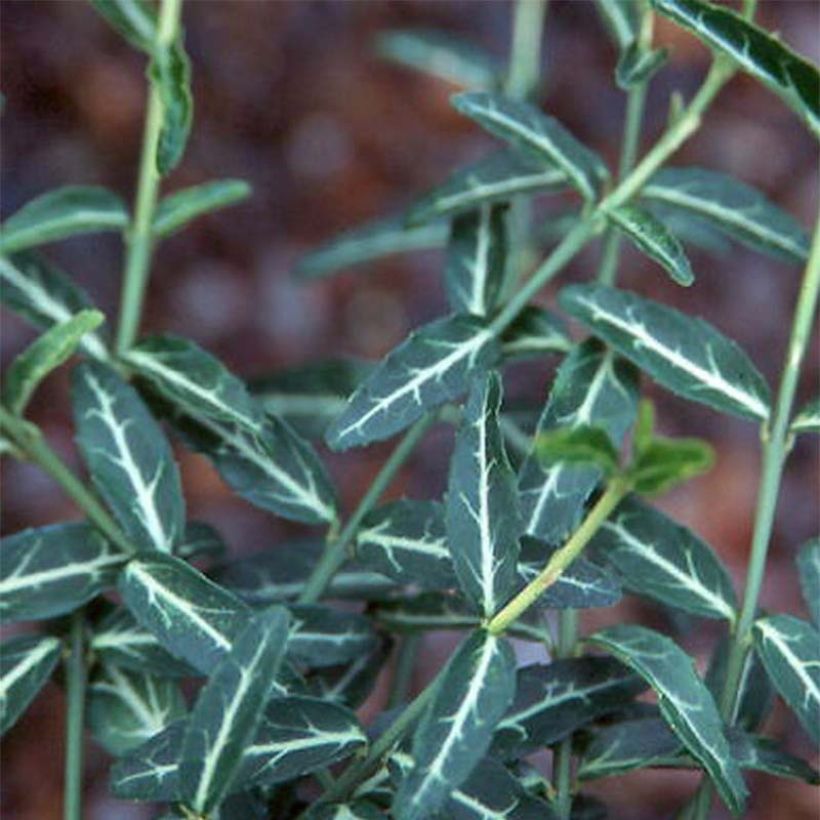

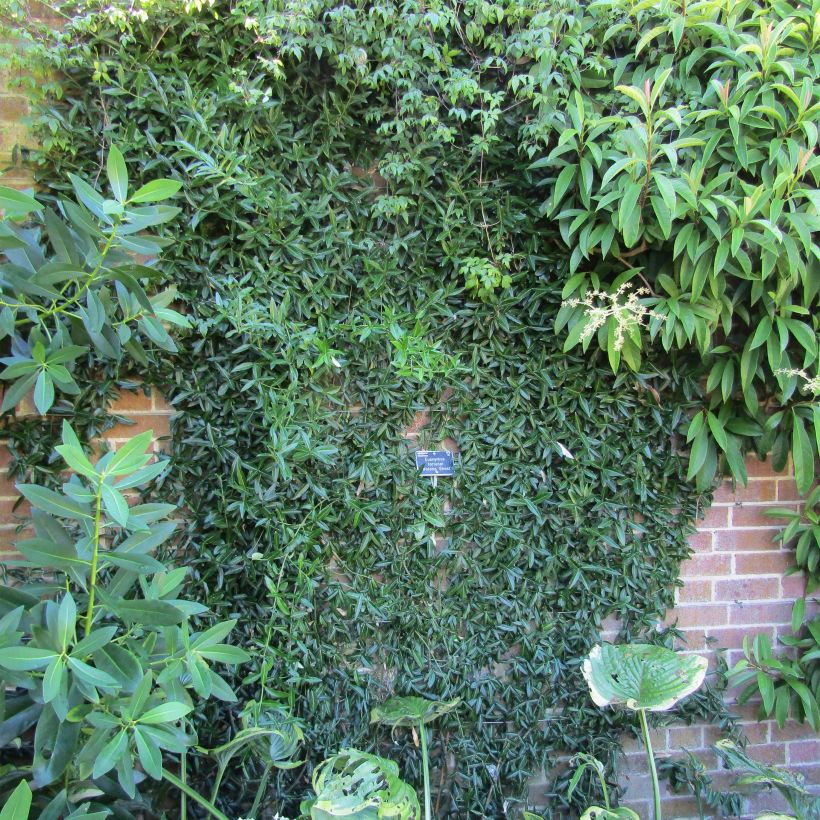

Plant habit
Flowering
Foliage
Botanical data
Euonymus
fortunei var. radicans
Wolong Ghost
Celastraceae
Fortune's Spindle, Wintercreeper
Cultivar or hybrid
Other Euonymus - Spindle tree
View all →Planting and care
The Euonymus fortunei Wolong Ghost is preferably planted in spring in any well-drained, moist soil, in a sunny or lightly shaded position, even in shade in hot and sunny regions. It tolerates the presence of limestone in the soil, but does not tolerate dry conditions. Its hardiness is excellent. Pruning is not essential, but it allows the plant to branch out. Pinch out young shoots to encourage branching and remove dead or diseased wood. Apply fertiliser twice a year, in early spring and autumn. In case of prolonged drought, water to maintain beautiful foliage.
Planting period
Intended location
Care
Planting & care advice
This item has not been reviewed yet - be the first to leave a review about it.
Similar products
Haven't found what you were looking for?
Hardiness is the lowest winter temperature a plant can endure without suffering serious damage or even dying. However, hardiness is affected by location (a sheltered area, such as a patio), protection (winter cover) and soil type (hardiness is improved by well-drained soil).

Photo Sharing Terms & Conditions
In order to encourage gardeners to interact and share their experiences, Promesse de fleurs offers various media enabling content to be uploaded onto its Site - in particular via the ‘Photo sharing’ module.
The User agrees to refrain from:
- Posting any content that is illegal, prejudicial, insulting, racist, inciteful to hatred, revisionist, contrary to public decency, that infringes on privacy or on the privacy rights of third parties, in particular the publicity rights of persons and goods, intellectual property rights, or the right to privacy.
- Submitting content on behalf of a third party;
- Impersonate the identity of a third party and/or publish any personal information about a third party;
In general, the User undertakes to refrain from any unethical behaviour.
All Content (in particular text, comments, files, images, photos, videos, creative works, etc.), which may be subject to property or intellectual property rights, image or other private rights, shall remain the property of the User, subject to the limited rights granted by the terms of the licence granted by Promesse de fleurs as stated below. Users are at liberty to publish or not to publish such Content on the Site, notably via the ‘Photo Sharing’ facility, and accept that this Content shall be made public and freely accessible, notably on the Internet.
Users further acknowledge, undertake to have ,and guarantee that they hold all necessary rights and permissions to publish such material on the Site, in particular with regard to the legislation in force pertaining to any privacy, property, intellectual property, image, or contractual rights, or rights of any other nature. By publishing such Content on the Site, Users acknowledge accepting full liability as publishers of the Content within the meaning of the law, and grant Promesse de fleurs, free of charge, an inclusive, worldwide licence for the said Content for the entire duration of its publication, including all reproduction, representation, up/downloading, displaying, performing, transmission, and storage rights.
Users also grant permission for their name to be linked to the Content and accept that this link may not always be made available.
By engaging in posting material, Users consent to their Content becoming automatically accessible on the Internet, in particular on other sites and/or blogs and/or web pages of the Promesse de fleurs site, including in particular social pages and the Promesse de fleurs catalogue.
Users may secure the removal of entrusted content free of charge by issuing a simple request via our contact form.
The flowering period indicated on our website applies to countries and regions located in USDA zone 8 (France, the United Kingdom, Ireland, the Netherlands, etc.)
It will vary according to where you live:
- In zones 9 to 10 (Italy, Spain, Greece, etc.), flowering will occur about 2 to 4 weeks earlier.
- In zones 6 to 7 (Germany, Poland, Slovenia, and lower mountainous regions), flowering will be delayed by 2 to 3 weeks.
- In zone 5 (Central Europe, Scandinavia), blooming will be delayed by 3 to 5 weeks.
In temperate climates, pruning of spring-flowering shrubs (forsythia, spireas, etc.) should be done just after flowering.
Pruning of summer-flowering shrubs (Indian Lilac, Perovskia, etc.) can be done in winter or spring.
In cold regions as well as with frost-sensitive plants, avoid pruning too early when severe frosts may still occur.
The planting period indicated on our website applies to countries and regions located in USDA zone 8 (France, United Kingdom, Ireland, Netherlands).
It will vary according to where you live:
- In Mediterranean zones (Marseille, Madrid, Milan, etc.), autumn and winter are the best planting periods.
- In continental zones (Strasbourg, Munich, Vienna, etc.), delay planting by 2 to 3 weeks in spring and bring it forward by 2 to 4 weeks in autumn.
- In mountainous regions (the Alps, Pyrenees, Carpathians, etc.), it is best to plant in late spring (May-June) or late summer (August-September).
The harvesting period indicated on our website applies to countries and regions in USDA zone 8 (France, England, Ireland, the Netherlands).
In colder areas (Scandinavia, Poland, Austria...) fruit and vegetable harvests are likely to be delayed by 3-4 weeks.
In warmer areas (Italy, Spain, Greece, etc.), harvesting will probably take place earlier, depending on weather conditions.
The sowing periods indicated on our website apply to countries and regions within USDA Zone 8 (France, UK, Ireland, Netherlands).
In colder areas (Scandinavia, Poland, Austria...), delay any outdoor sowing by 3-4 weeks, or sow under glass.
In warmer climes (Italy, Spain, Greece, etc.), bring outdoor sowing forward by a few weeks.






























